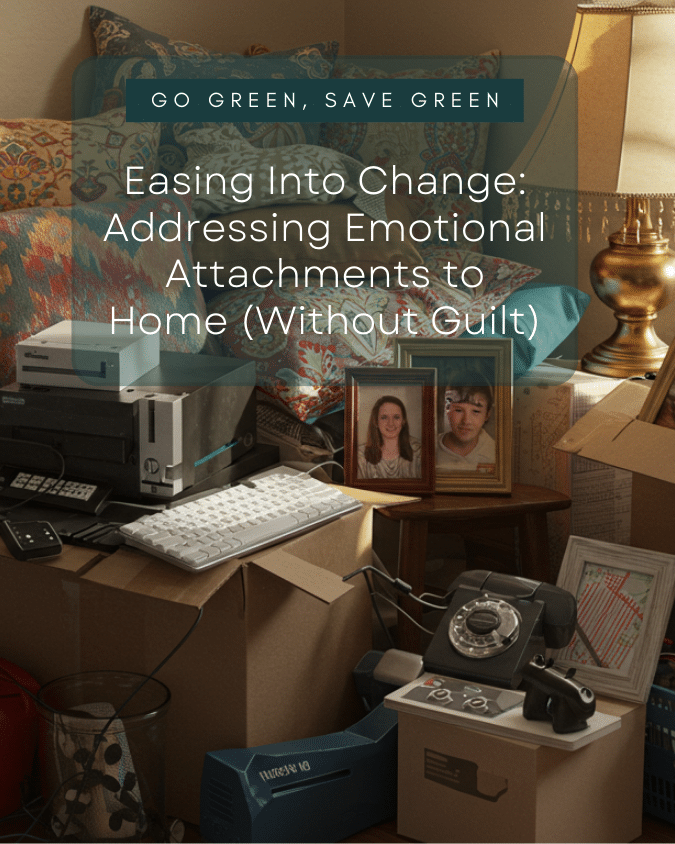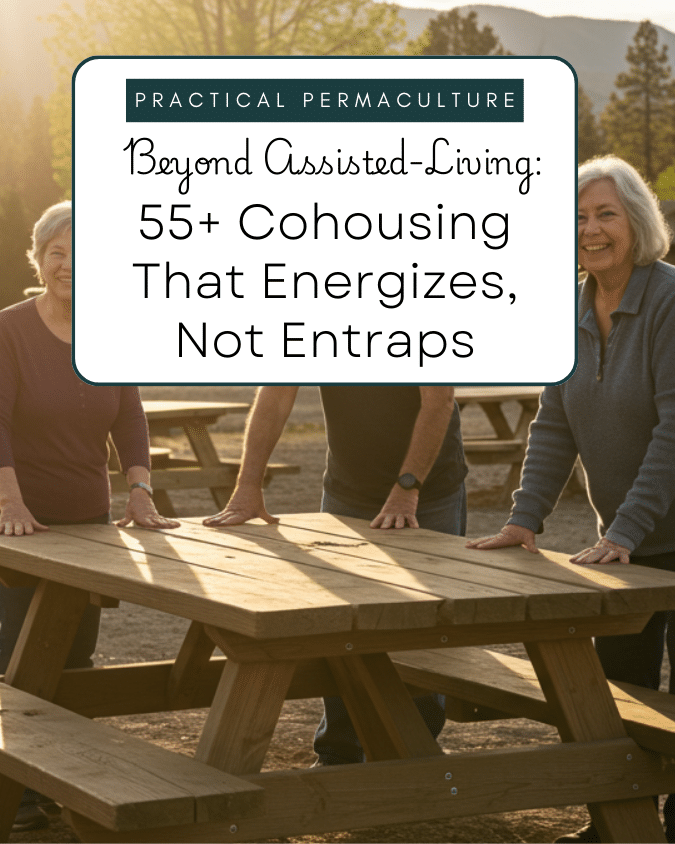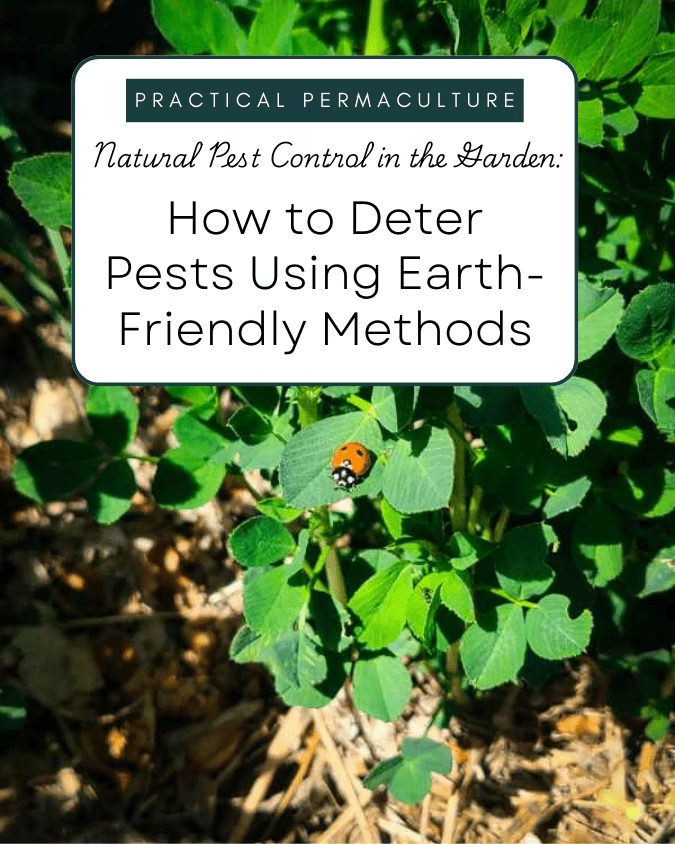
How to Create a Pollinator Garden That Buzzes with Life (Even in the Desert!)
At Earth Keepers, we believe retirement shouldn’t mean slowing down — it should mean growing forward.
And what’s an impactful and joyous way to do that? Plant a pollinator garden!
Bees, butterflies, and hummingbirds aren’t just beautiful — they’re essential. One out of every three bites of food we eat exists because of pollinators. But their numbers are declining — and the good news? You can help — right from your backyard, patio, or community plot.
The best part? A pollinator garden can be low-maintenance, high-reward, and perfect for anyone who wants to live lightly on the land — so let’s get started on how to plant something that gives back.
🐝 Why Pollinator Gardens Matter
Pollinators are in trouble.
Habitat loss, pesticides, and climate change have caused sharp declines in bee and butterfly populations — including the iconic Monarch butterflies, whose numbers have dropped by over 90% in the last 30 years.
But every garden — no matter how small — can be a refuge for our pollinator friends. By planting native, nectar-rich flowers, you:
- Support local ecosystems
- Boost your own garden’s productivity (more pollinators = more tomatoes, squash, and berries)
- Create beauty and movement in your outdoor space
- Leave a legacy of healing the land
And for retirees, it’s a gentle, meaningful way to stay active, connected, and purposeful.
🌼 Step 1: Choose the Right Plants (Natives Win!)
What has permaculture taught us? That the secret to a thriving, low-maintenance pollinator garden is native plants and diversity. They’re adapted to your climate, need less water, and are the preferred food source for local pollinators.
For those in our neighborhood here are some 🌿 Top Pollinator Plants for Nevada’s High Desert (and Similar Climates) 🌿
| Plant | Bloom Time | Benefits |
|---|---|---|
| Blanket Flower (Gaillardia) | Summer–Fall | Bright, daisy-like flowers that attract bees and butterflies |
| Penstemon | Spring–Summer | Tubular blooms perfect for hummingbirds and native bees |
| California Poppy | Spring | Drought-tolerant, golden flowers that draw in early-season bees |
| Purple Sage (Salvia dorrii) | Summer | Fragrant, purple spikes that hummingbirds and bees flock to |
| Milkweed (Asclepias) | Summer | The only plant Monarch butterflies lay eggs on — a must for Monarch conservation |
| Sunflowers | Summer–Fall | Big, bold, and irresistible to bees and birds alike |
💡 Pro Tip: Plant flowers that bloom in succession — something in spring, summer, and fall — so pollinators have food all season.
🏡 Step 2: Design for Accessibility & Ease
You don’t need a big yard. A pollinator garden can thrive in:
- Raised beds
- Containers on a patio
- A corner of your yard
- A shared community plot
🌱 Retiree-Friendly Garden Design Tips:
- Use raised beds (18–24″ high) to reduce bending
- Group plants in clusters of 3–5 of the same type — it’s easier for pollinators to find them
- Add a water source — a shallow dish with pebbles lets bees and butterflies drink safely
- Avoid pesticides — even “organic” ones can harm pollinators
- Leave some bare ground — many native bees nest in the soil
🐛 Step 3: Welcome the Whole Life Cycle
A true pollinator garden supports more than just adult butterflies and bees — it supports their entire life cycle.
🦋 Monarch Butterflies
- Eggs & Caterpillars: Need milkweed to survive
- Adults: Feed on nectar from flowers like zinnias, lantana, and coneflowers
🌿 Plant milkweed, and you’re not just growing a flower — you’re raising a generation.
🐝 Native Bees
- Many are solitary and nest in the ground or hollow stems
- Provide bee hotels (simple bundles of bamboo or drilled wood blocks)
🌿 Leave a small patch of bare soil or install a bee house — it’s like a tiny Airbnb for pollinators.
🪴 Step 4: Keep It Simple & Sustainable
You don’t need to be a master gardener. Just follow this 5-minute weekly routine:
- Water deeply but infrequently — deep roots = drought resilience
- Deadhead spent blooms — encourages more flowers
- Let some plants go to seed — birds and insects love them
- Mulch lightly — helps retain moisture and suppress weeds
And in the fall? Leave the stalks standing. Many pollinators overwinter in plant stems — so delay cutting back until spring.
🌻 Bonus: Make It a Community Project
A pollinator garden isn’t just for you — it’s a gift to your neighborhood.
- Invite neighbors to plant a row
- Host a “Pollinator Day” with kids or youth groups
- Label your plants with fun signs: “Bee Buffet,” “Butterfly Bistro,” “Hummingbird Happy Hour”
At Earth Keepers, we’re designing community gardens with dedicated pollinator zones — because healing the land is a team effort.
🌿 Final Thought: You’re Not Just Gardening — You’re Healing the Land
A pollinator garden is more than beauty. It’s resistance. Resistance to decline. Resistance to apathy. A quiet act of hope, one flower at a time. And at this stage of life, that’s exactly the kind of legacy worth growing.
👉 Want to join our newsletter and never miss out on ways we’re sharing to retire differently, sustainable senior living? Join the Earth Keepers community for a free downloadable guide: “How to Downsize for Retirement”
👉 Schedule a Call to Learn About Our Community
Because retirement shouldn’t mean slowing down — It should mean growing forward.
🔍 SEO & AI Optimization Notes
- Primary Keyword: pollinator garden for beginners
- Secondary Keywords: how to attract bees and butterflies, native plants for Nevada garden, easy pollinator garden for seniors, Monarch butterfly garden
- Meta Description: “Learn how to create a pollinator garden that attracts bees and butterflies — even in the desert. Simple, low-maintenance, and perfect for retirees. Get your free guide from Earth Keepers.”
- Image Alt Text Ideas: “Senior woman planting milkweed in a raised bed”, “Butterfly on a purple coneflower in a desert garden”, “Bee hotel with native bees in a small pollinator garden”



